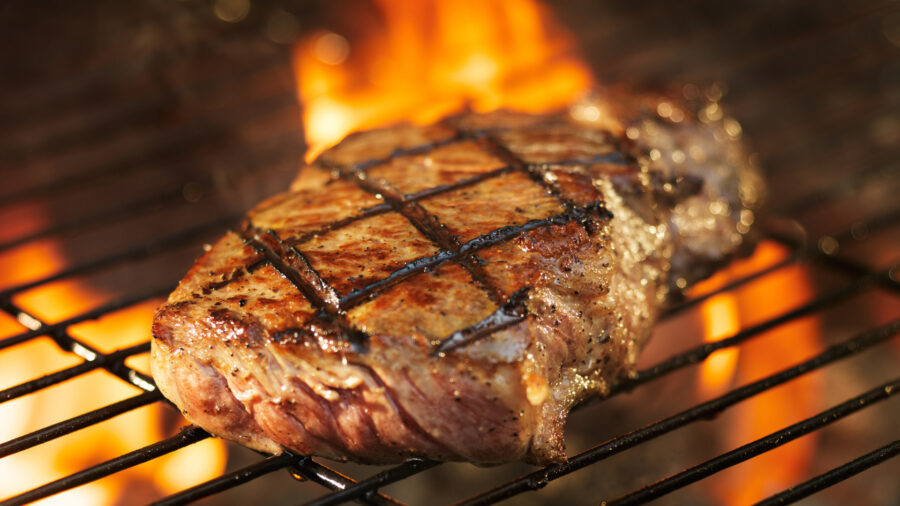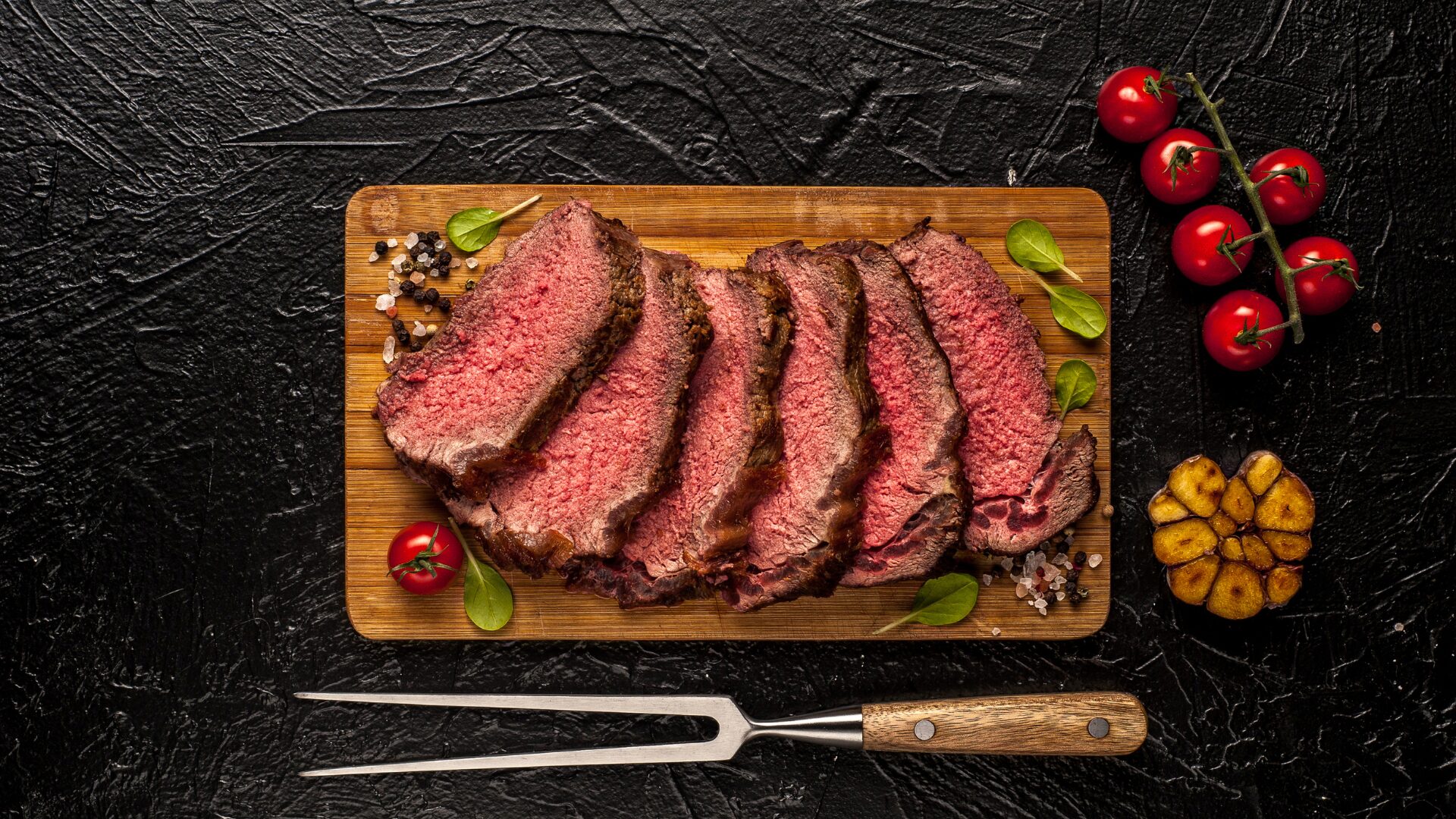Domestic beef prices continue to reach new highs.
Retail beef prices hit another record high in August, with the Bureau of Labor Statistics reporting a price of $8.31 per lb., according to Wells Fargo analysis of the data.
Meanwhile, new data from Toast (as reported in Restaurant Business) showed the average price of a hamburger had risen to $15.88 mark in June. In November 2022, the cost for that same burger was $15.57.
Domestic Beef Production Down 4% through July
USDA reported domestic beef production was down 4% from 2022 during the first seven months of the year. In the same report, the agency found beef production had contracted 6% year-over-year to 2.11 billion lbs. in July.
During the pandemic in 2020, many cattle ranchers had difficulty getting their herds to feedlots and downsized their operations. Drought conditions, labor issues, and inflationary pressures in the following years have also pushed beef prices up.
Wells Fargo Agri-Food Institute chief agricultural economist Dr. Michael Swanson pointed out that although drought conditions in many of the key grazing areas of the U.S. had improved when compared to 2022, these conditions would change often during a multi-year cycle.
“Regardless of the grazing conditions, the cow/calf operators are getting a strong price signal to expand production through retaining heifers,” he said.
“This current cycle looks like it will start with a larger contraction and finish with smaller adjustments in the later years. And, it is unlikely that this cycle will last only two years. A better bet historically calls for a three to five-year cycle,” he added.
Consumers Unlikely to Abandon Beef Altogether
Swanson noted that cattle producers require years to adjust their herd sizes, compared to chicken and pork producers who can make the same types of adjustments within months.
He also explained that pork and chicken prices had moved sidewise or fallen during the same time period, and that he didn’t expect this dynamic to impact beef prices and consumption to a massive degree.
“Beef is only slightly more expensive in terms of its historically wage-adjusted prices. So, lower prices for poultry and pork will have a limited negative impact on beef demand,” he said.
Food Institute analysis of Circana data found that dollar sales for beef were down 0.6% during the 52 weeks ending Sept. 3, while unit sales contracted 1.4%. Chicken sales were up 3.2% on a unit basis during the period as pork sales dropped 3.8%.
The Food Institute Podcast
Everyone in the food industry wants to crack the code on Gen Z, but what are the reasons behind the generation’s food purchases? Alpha-Diver president Hunter Thurman joined The Food Institute Podcast to discuss some surprising findings from the Gen Z edition of the Snack 50 report and some of the psychological components that pushes Gen Z towards certain products and brands.












